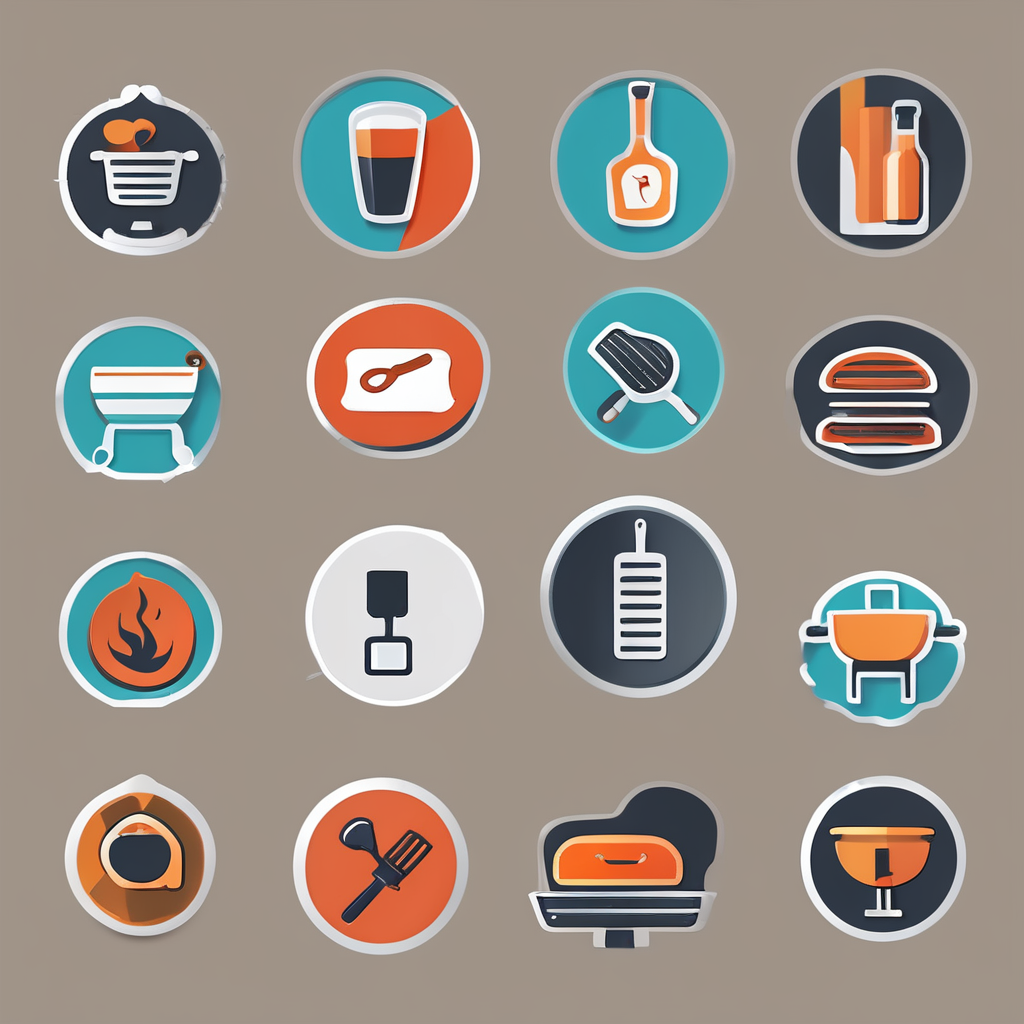The Role of Innovative Design in UK Kitchen Restaurants and Bars
Innovative restaurant design UK plays a crucial role in shaping customer perception and satisfaction. Purposeful kitchen design UK not only enhances the visual appeal but also influences how guests experience the space. A well-thought-out hospitality interior ensures smooth operational flow, reducing service delays and elevating overall efficiency.
The ambience created through design elements impacts customers’ emotions and dining experience profoundly. For example, integrating ergonomics and spatial planning within hospitality interiors allows staff to navigate the kitchen and dining area effortlessly, improving service speed and accuracy. Meanwhile, patrons enjoy a seamless experience rooted in comfortable and inviting surroundings.
Topic to read : What are the challenges of running a UK kitchen restaurant in a historic building?
Immediate benefits extend to both employees and guests. Staff experience less fatigue due to optimized layouts, which can lead to higher morale and better service quality. Simultaneously, customers respond positively to environments that feel thoughtfully curated, ultimately boosting satisfaction and loyalty. Thus, innovative design in UK kitchen restaurants and bars remains essential for harmonizing operational efficiency with a memorable customer journey.
Key Design Strategies Enhancing UK Hospitality Experiences
Design strategies in UK kitchens and restaurants are pivotal in creating engaging hospitality interiors. One standout approach is the adoption of open kitchens, which enhance transparency and customer engagement. Guests enjoy watching food preparation, fostering trust and interaction that elevate the dining experience. This design strategy also empowers chefs, connecting them visually with patrons.
Topic to read : What role does ambiance play in the success of UK kitchen restaurants?
Lighting in restaurants plays a crucial role beyond illumination. Carefully planned lighting schemes set moods that complement the theme—warm, dim lights evoke intimacy, while bright, vibrant tones generate energy and liveliness. Thus, lighting in restaurants directly influences ambience and customer comfort.
Strategic seating layouts optimise space to balance comfort and service efficiency. For instance, flexible arrangements accommodate different group sizes without overcrowding, aiding staff in smooth navigation. These design strategies collectively improve operational flow and foster a welcoming atmosphere, crucial in the competitive UK hospitality sector.
The Relationship Between Design, Service Quality, and Operational Efficiency
Purposeful restaurant design UK strongly supports efficient restaurant operations by streamlining staff workflows and reducing unnecessary movement. Thoughtful kitchen design UK fosters intuitive layouts where the proximity between cooking stations, storage, and serving areas is optimised to minimise delays. This spatial organisation directly enhances service quality by allowing staff to focus more on guest needs rather than navigation challenges.
How does design boost employee satisfaction? Efficient layouts reduce physical strain and fatigue, improving morale and decreasing turnover. Staff feel empowered when tools and ingredients are within easy reach, translating to faster, more attentive service—a key factor for customer loyalty.
In practice, efficient design allows simultaneous preparation and service, meaning guests receive orders promptly without sacrificing quality. Moreover, clear pathways reduce errors and mix-ups, reinforcing a smooth operational flow. This thoughtful integration of design and operation creates a positive feedback loop where workplace satisfaction and customer experience both thrive, ensuring success for UK hospitality interiors and businesses alike.
Visual Appeal and Comfort: Setting the Atmosphere
Creating a distinctive restaurant ambience starts with deliberate choices in visual design. The use of colour, materials, and décor directly contributes to a venue’s unique identity, helping it stand out in the competitive UK hospitality market. For instance, warm earth tones combined with natural textures evoke a cozy, welcoming feel, while sleek metals and glass lend a modern, upscale impression.
Customer comfort is paramount when selecting furniture and fixtures. Ergonomic considerations in seating design ensure guests can relax for extended periods without discomfort, which enhances their overall dining experience. Comfortable chairs and appropriately spaced seating also facilitate social interaction and ease of movement within the space.
A cohesive design theme ties all elements together, promoting a memorable atmosphere that resonates with patrons. This harmony not only reflects brand values but also encourages repeat visits. In sum, aligning restaurant ambience with guest comfort through thoughtful visual design is instrumental in cultivating a compelling and enjoyable hospitality interior.
Case Studies: Transformational Design in Leading UK Venues
Exploring UK restaurant examples reveals how innovative hospitality interiors can redefine guest experiences. One notable venue transformed its kitchen design UK to an open-concept format, boosting transparency and customer engagement. This approach invited diners into the culinary process, increasing trust and excitement around food preparation.
Another case focused on bar design UK, implementing ergonomic layouts that prioritise staff efficiency without compromising style. Thoughtful spatial organisation allowed bartenders to serve swiftly, elevating service quality during peak hours.
Analysis of these hospitality design case studies highlights key features driving success:
- Seamless integration of operational zones with customer areas for natural flow
- Use of lighting and materials to reinforce brand identity and atmosphere
- Flexible seating enabling adaptation to various group sizes and events
Lessons from these projects show that combining aesthetic appeal with functional layouts anchors memorable hospitality experiences and supports sustained business growth. Embracing innovative restaurant design UK leads to tangible benefits in both guest satisfaction and staff performance.
